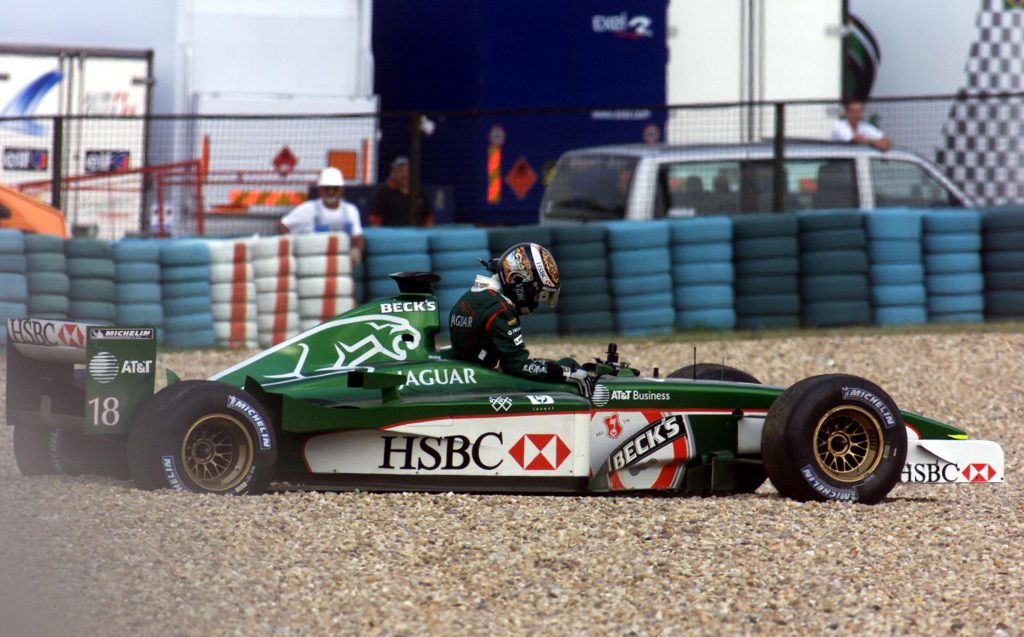Formula 1 is inching towards another manufacturer boom, with Audi coming in, Cadillac linking up with Andretti, Honda and Porsche in the 2026 rules mix and maybe even Ford and Hyundai too.
But when Gary Anderson heard Cadillac’s thoughts about F1 in the Andretti announcement, it gave him unpleasant flashbacks to the last time a giant US automotive group felt it knew what it took to succeed in F1.
Gary alluded to some of the misery of his Ford/Jaguar experience in his analysis of Cadillac’s approach on Friday. In an updated version of an article first published on The Race in 2020, here’s his full inside story of how Jaguar got it so wrong.
If you were trying to pick the winner of the coveted prize for worst works team of the 21st century, it would be a battle between Toyota and Jaguar (Ford).
Toyota spent so much for little return. But Ford, for destroying what, as Stewart Grand Prix, was a very solid little team with huge potential, should edge it.
Obviously, I was part of what happened with Jaguar and have to take some responsibility for the failure.
My time as technical director was in 2000, having previously held that role when the team was Stewart, but what happened after I was disposed of confirms that the people involved from Ford had no idea what F1 was really about. They should have brought the investment needed to build on what Stewart had achieved, but instead they went the other way.
While the Mercedes corporation itself today has a strong relationship with its works F1 team, this wasn’t the case with Jaguar and the Ford Motor Company.
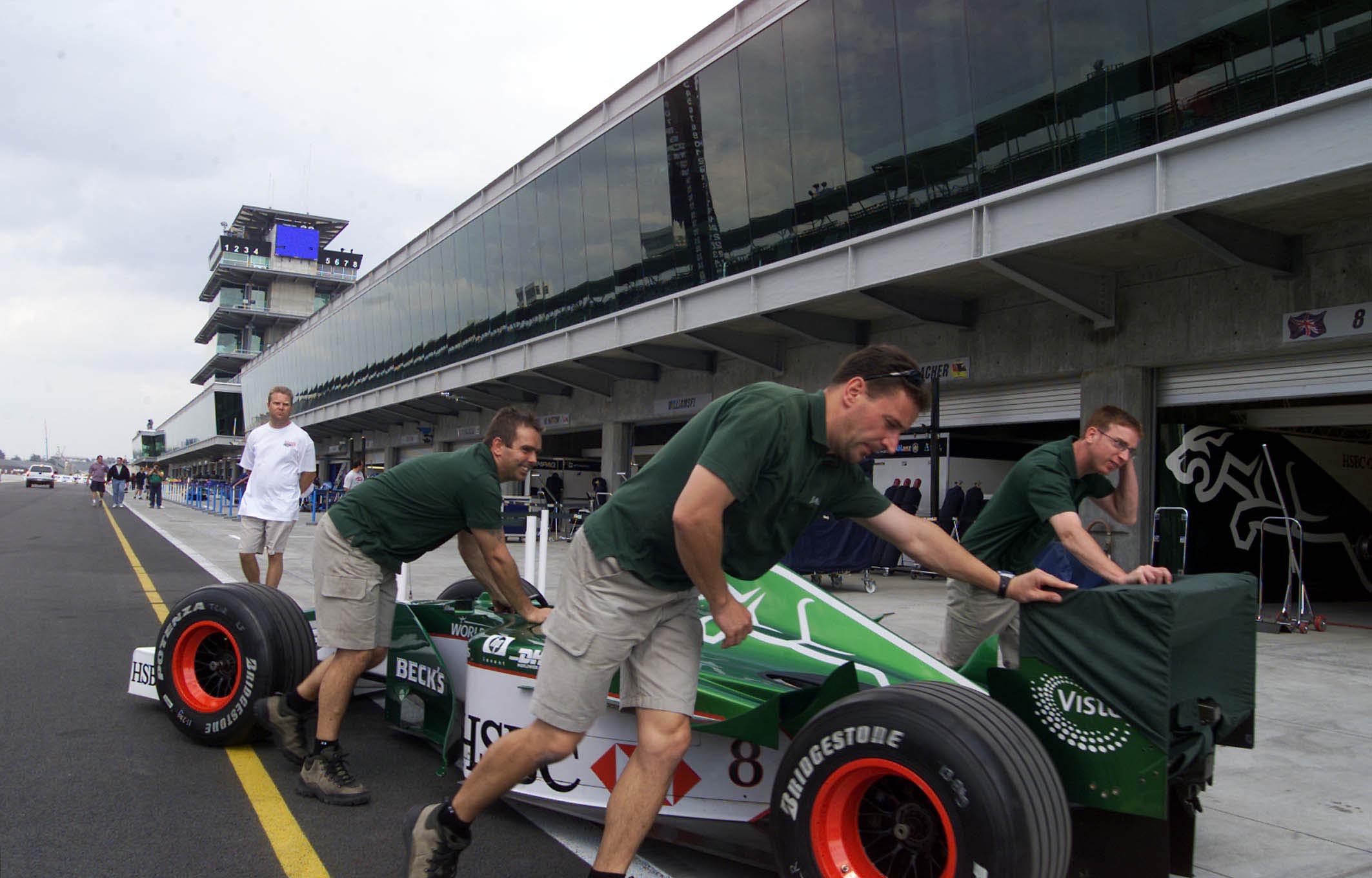
To be successful in F1 is all about pushing everything to the limit and, in doing that, you have to take a few risks. Then, if you push over the limit, you manage that problem afterwards. Every team does that because if you don’t you are left behind. That’s what we did with the Jaguar R1 car.
I’m not going to mention names here as it was no specific individual’s fault, but it was more of a systemic failure in how Ford wanted to work and how an F1 team needs to work.
We had some very clever individuals from Ford working with us, but they were tied up by Ford’s bureaucracy.
This made it very difficult for them to express themselves and get on with it rather than protecting themselves from the people at Ford – who were themselves just looking after their pensions and being yes men to their superiors.
Most of the problems fell onto my lap, and rightly so. But my way of working was to be hands on and the Ford management warned me off that, making it clear my job was to manage and not get too closely involved. This was the Ford way, apparently.
One of its head honchos came into one of our engineering meetings in Milton Keynes and his first words to 20 or so engineers were ‘you will do it the Ford way or we will get someone else that will’. A statement like that is exactly what you need for motivation…
From the start of pre-season testing, the car was pretty good but a bit unreliable. Both Johnny Herbert and Eddie Irvine came away from testing talking about winning races. Talk is cheap, but that was how we all felt. It went downhill very quickly from there.
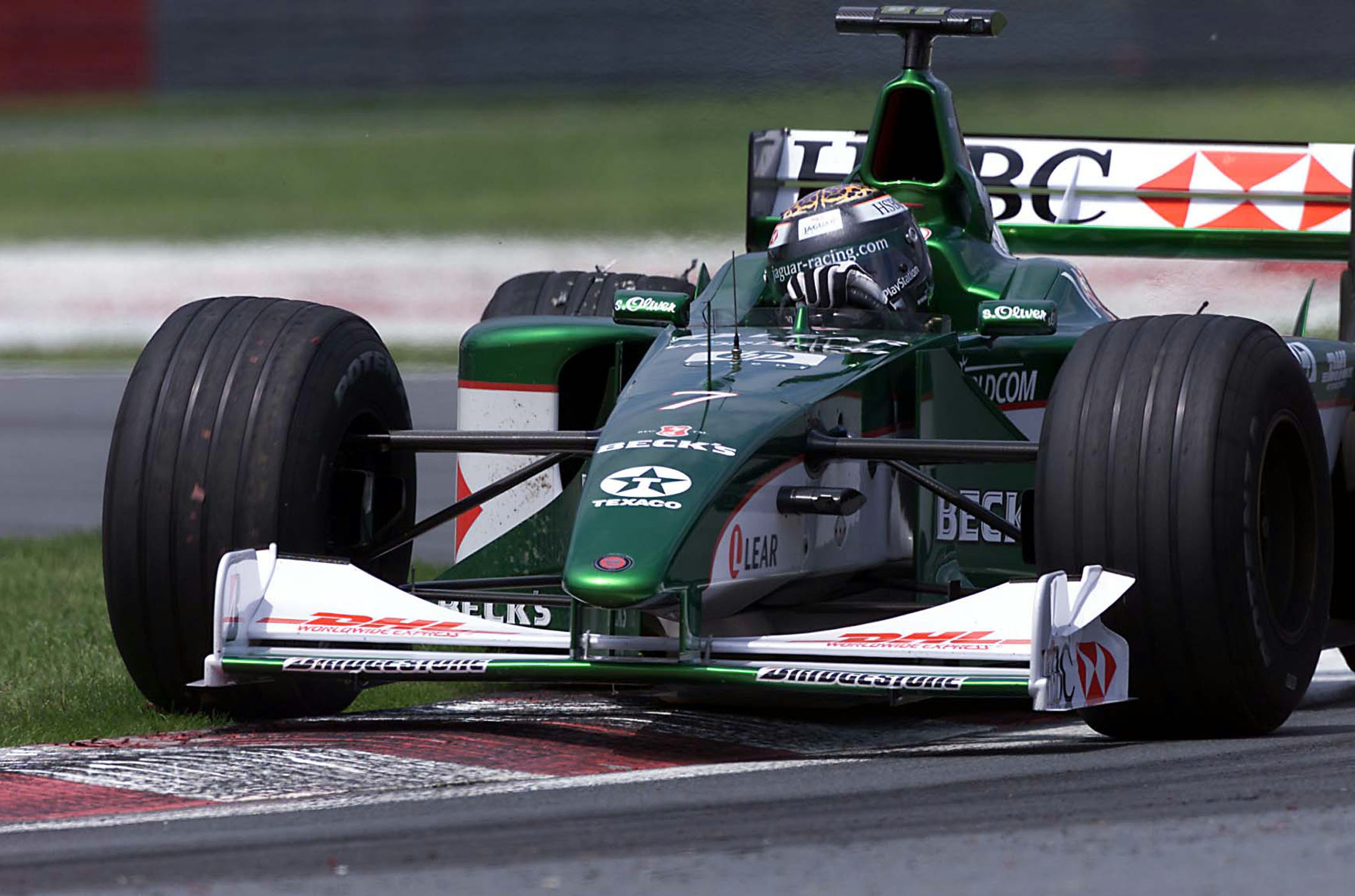
Ford also owned Cosworth, which built our engines. It was Ford’s baby and we were never allowed to be in a position to criticise Cosworth, even though we knew that the engine for 2000 was basically not producing the power figures that we had seen in 1999.
We were owned by the same manufacturer, yet we were not privy to engine performance data so from day one this made the relationship a bit one-sided.
Coming back to risks, one of the things we did was to do away with the gearbox oil pump system. We used the excess engine oil that was released by the oil pressure relief valve to lubricate the gearbox. It was then scavenged back into the oil tank using the engine’s oil scavenge system. This was all to save weight and just that little bit of power that would be required to drive the extra pumps.
We had gone through all this with our oil supplier and, in its opinion, there were no problems. After all, most road cars now have transverse engines and the engine oil and gearbox oil is all one system.
We had a few problems in testing, which we overcame, then we headed off to Australia for the first race and that’s when it all went wrong.
Various problems reared their ugly heads. Initially, it was the gearbox oil system as unbeknown to us Cosworth had fitted a much finer filter on the gearbox-to-engine-oil system. This affected the oil flow dramatically.
Eddie still qualified eighth, a second off Mika Hakkinen’s McLaren on pole, so all was not lost. Johnny, who was always the unlucky one, had more problems and was down in 20th. But the race was much worse, with Johnny suffering a clutch failure and Eddie spinning off to avoid someone else’s accident.

Unfortunately, this was to be the story of the season. In the next race in Brazil, Eddie qualified sixth, Johnny 17th. Eddie spun off in the race and Johnny had a gearbox failure. In San Marino, Eddie started seventh, Johnny 17th. In the race, Eddie finished seventh, Johnny 10th, but those days points were only allocated down to sixth place so still no points.
When a situation like this arises, my way has always been to get all hands on deck to identify, and if at all possible, correct the problems. Unfortunately, that was not the Ford way. I had to be hands off and allow the people involved in these areas that were causing problems to rectify them in their own way.
I’m all for that if it gets results, but I didn’t think you could just throw away the amount of experience I had in F1. No matter if it’s good or bad, that experience will always have a value.
There are two examples of what was going on that season that show what the problem was.
The first one was an aerodynamic problem. When the car was on new tyres, it was pretty decent and in general Irvine could qualify in the top 10. But on used tyres the rear just lost grip, especially on corner entry.
On these cars, the rear diffuser would stall on the straight to reduce drag and increase straightline speed. It’s then all about getting that airflow to reattach when you hit the brake pedal. I believed we had a problem there, but our aerodynamicists were confident it was fine.
We were using the Swift windtunnel in California, so it was not easy to pop in and have a play myself. On top of that, I was warned off doing so by Ford management.
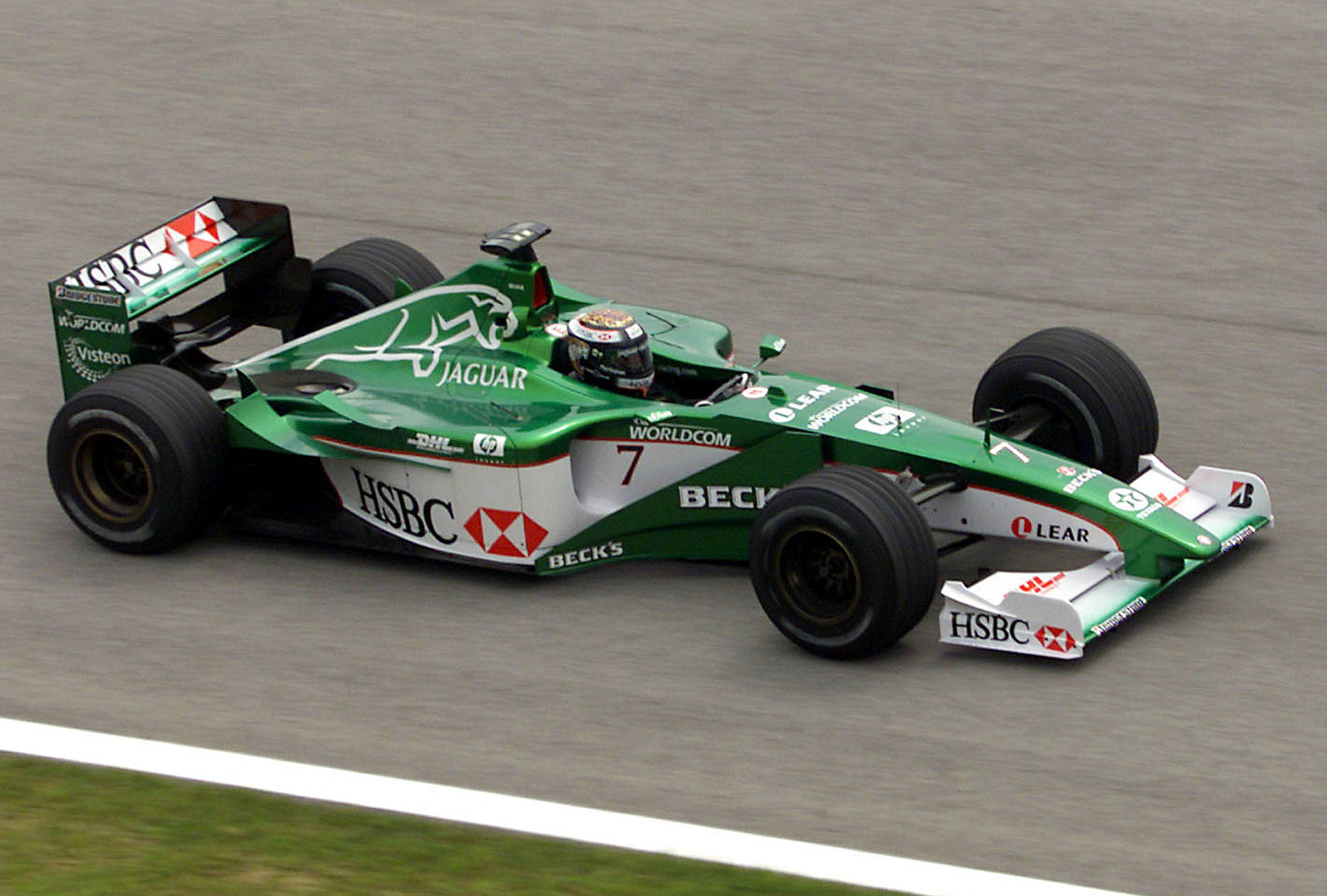
After the United States Grand Prix in September, I finally found a good excuse to attend one of the windtunnel tests to talk to them about a deal going forward. But I really went there to check out for myself if we had any problems with the diffuser that were being missed.
We set up a test where the car would be lowered at the normal rate of change it would go through down a long straight. This allows you to detect the ride height at which the diffuser stalled. Then, you start to raise the car 1mm at a time to detect the aerodynamic hysteresis of the diffuser – what height it reattaches.
So off we went with the test and I watched the model going through its ride height changes. As planned, it went lower and lower, then raised up quite a bit, then went lower. I didn’t understand why, as it should have raised up very slowly with data gathered every 1mm of ride height change.
On asking the tunnel operator, he said ‘no, we can’t do that’. He said if the model has lost its ride height accuracy while on the way down, it might drop itself into the tunnel road belt so every time we would ask for a change of direction the model would go back to its reference ride height and then go back to the last ride height before starting to carry out our hysteresis test.
Not only was this a waste of time for any hysteresis testing in general, it was misleading for identifying any area that was suffering from critical airflow. So the test was useless because we were never actually seeing the ride height at which the airflow reattached having stalled thanks to the intermediate reset.
We came back from the windtunnel test and went to an airfield in Yorkshire with a high-speed camera up the diffuser of a real car. And guess what high-tech kit we took with us? Wool tufts that we taped all over the diffuser.
Using that, we captured the critical area in the diffuser as the wool tufts dropped when and where the stall happened, made a bodyfiller insert for that area overnight and ran again in the morning.
The problem reduced dramatically and we actually used those inserts at the last two races of the season. In Japan, we qualified seventh and 10th and finished seventh and eighth. Eddie was one of the masters of Suzuka and reckoned the car was better than the Ferrari he drove there the year before. In Malaysia, Eddie took only our second points finish of the season, the first being in Monaco.
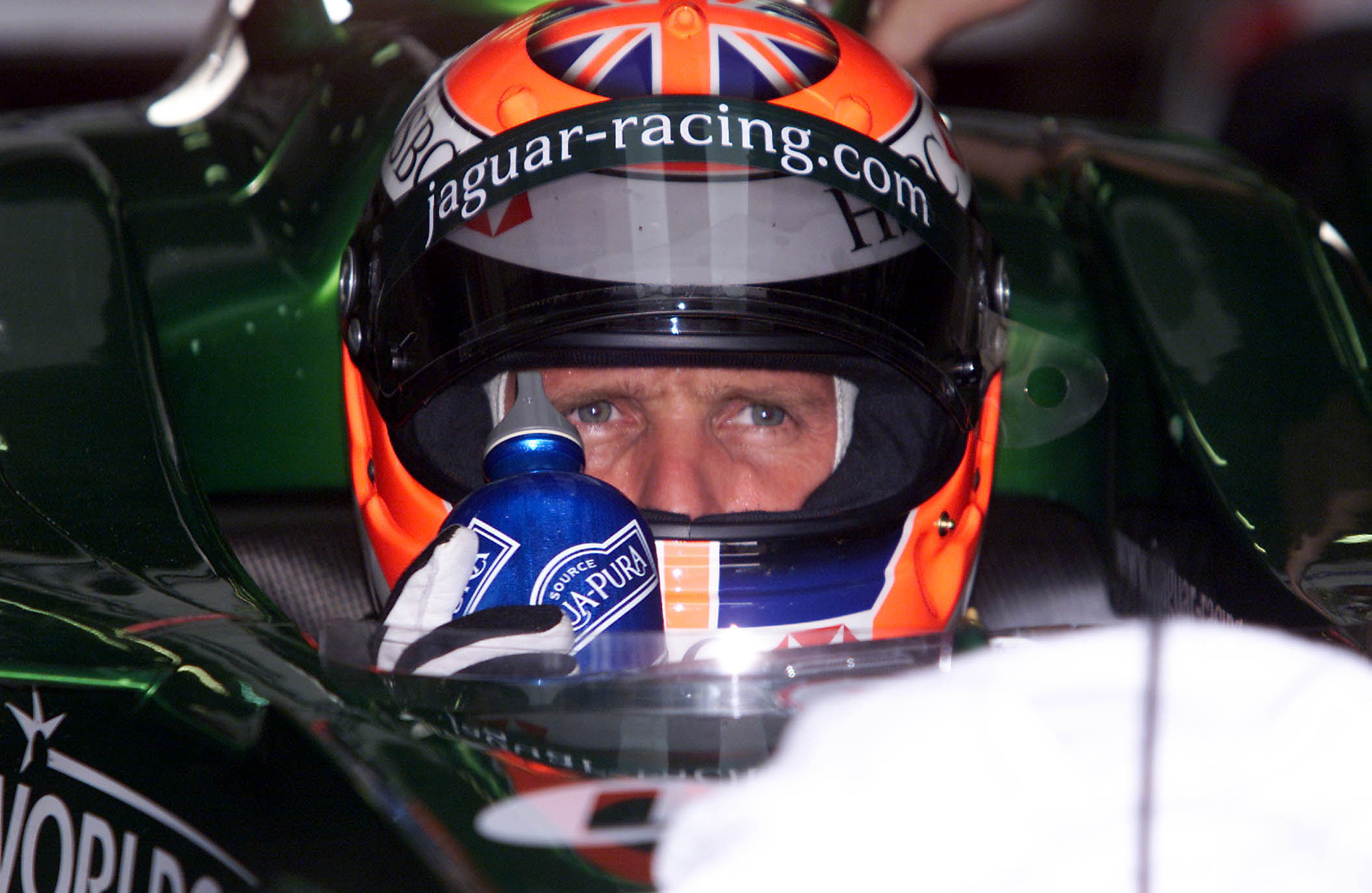
The other problem was that during downchanges, Johnny would break gears. Eddie had no problem so you would think it would be easy, just give the driver a bollocking and get him to change the way he used the gearbox. But no, with these cars all the driver does is pull a paddle on the steering wheel and it all happens for them. There is no driver finesse involved and if things were breaking, it was some kind of technical problem.
It baffled us for a long time and when we were testing for Monza, Eddie had been running for a day and a half with no problems. Johnny jumped in and more or less immediately broke a gear downchanging for the first chicane.
I got a phone call from our chief mechanic and as I was heading to Monza that afternoon for the last day of the test I asked him to keep the gearbox open and we would have a quite look at what it might be. This was totally against my directive from the Ford management.
I spent a bit of time on the plane looking at braking data between Eddie and Johnny and discovered that Johnny was changing down earlier when the car had more longitudinal g-forces.
When I got to the circuit, we had a look at everything and there was what is called a spring detent that holds the gear selector drum in place for each gear.
There was a small hole on the side of it to let it breathe as the piston went in and out. We redrilled that hole on the top of it to allow it to breathe better, but more importantly to move it up out of the oil so there was less chance of it suffering from hydraulic locking (when oil gets trapped inside and can’t get out). Guess what? We had no more problems for the rest of the season.
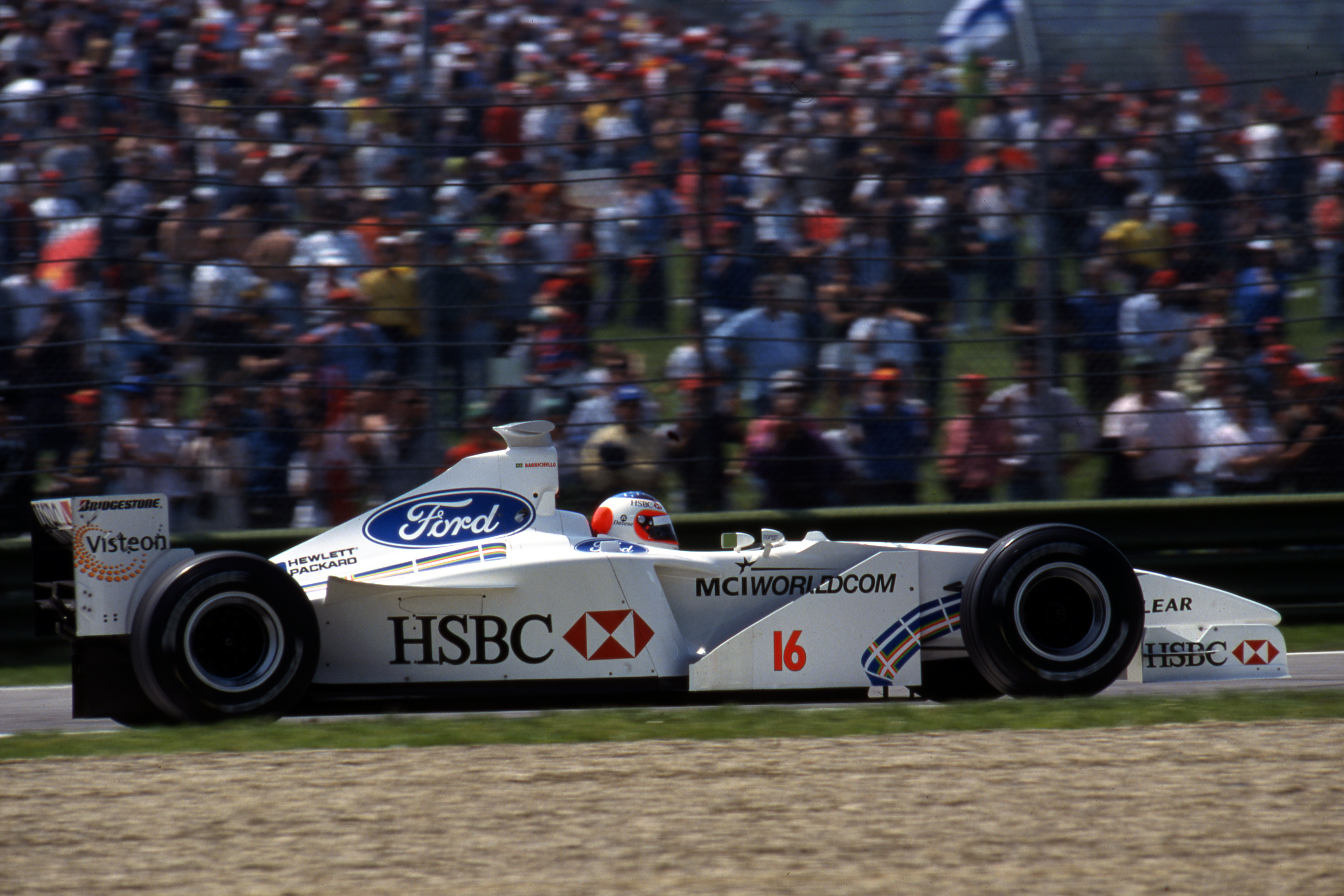
When Ford bought Stewart it was like a light switch was turned off. If only there had been a more open working culture, as there was with Jackie Stewart captaining the ship, then I genuinely believe that that team could have gone on to be as successful as Red Bull made it after taking over.
There would have had to have been personnel changes and I would probably have been one of them, but the changes Ford made and how it went about its business showed me very quickly that manufacturers that are directly involved, as Ford was, and F1 struggle to understand each other.
Mercedes dominated in F1 for years and it’s clear that Stuttgart leaves the team to get on with its job technically without interference. That allows Toto Wolff to create the right culture to be successful without everyone involved having to worry about the politics.
If there’s a problem, people aren’t afraid to point it out then the best people get involved with solving it.
If a manufacturer comes into F1 but doesn’t allow its team to work in the way that a team needs to, then it is doomed.
The Ford way, much like the Toyota way at a similar time, simply didn’t work.


